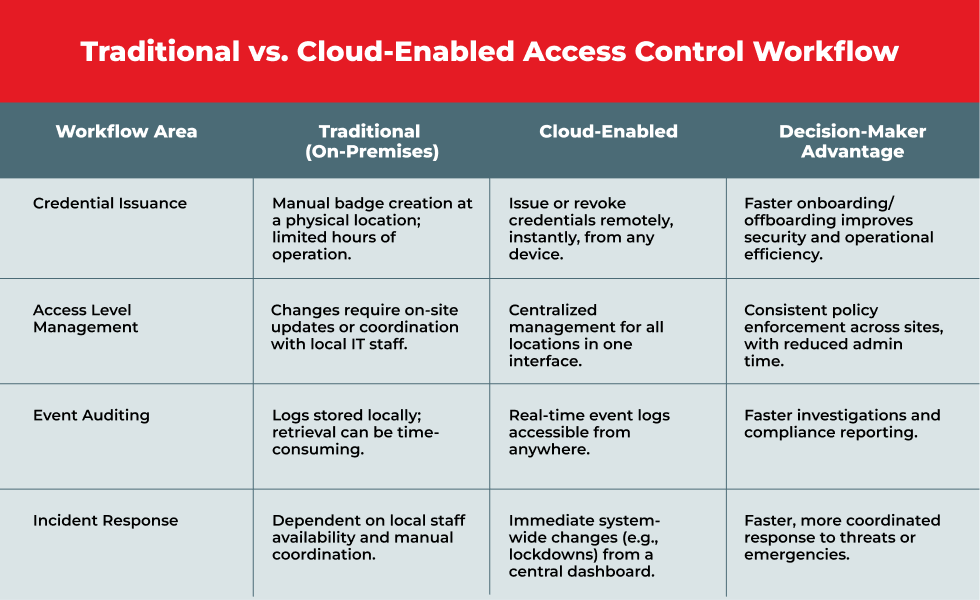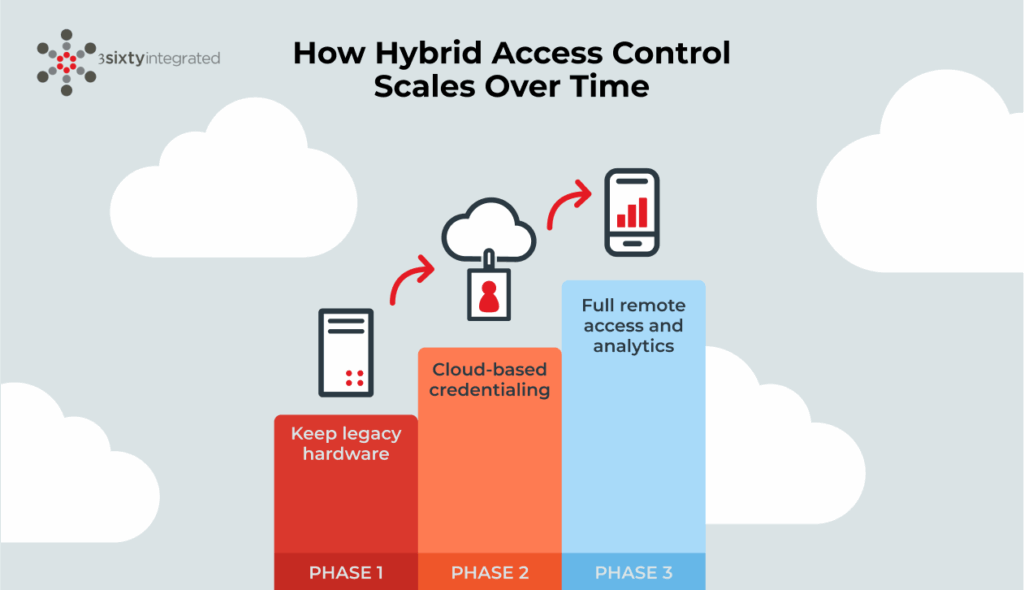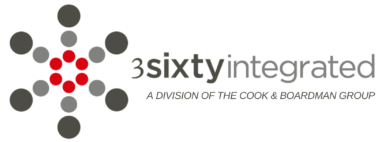
Modernizing access control is no longer just about upgrading devices. It requires a broader look at how systems operate across locations, teams, and security demands.
At some point in any major access control project, one question always comes up: Should we stay on premises or move to the cloud?
With more than 90 percent of organizations already using cloud in some capacity, the real question is how to adopt cloud-based solutions without disrupting essential infrastructure or daily operations.
Hybrid access control offers a practical answer. It brings together the scalability of cloud-based management with the stability of existing systems, giving organizations flexibility without requiring a full replacement.
But technology alone does not drive outcomes. Real value comes from systems that are designed and delivered with precision. That’s where integration expertise makes the difference, turning potential into performance and building solutions that scale.
Why Hybrid Is Becoming the Go-To Access Control Solution
Organizations are no longer choosing between on-premises or cloud. Most need a blend of both. Hybrid access control has quickly become the preferred approach because it offers a flexible, phased path to modernization that works with existing infrastructure while unlocking the advantages of the cloud.
“60 percent of organizations now use a mix of on-premises and cloud-based systems in their physical security environment.”
Access control systems don’t exist in a vacuum. Most organizations manage a layered mix of legacy hardware, on-site infrastructure, and long-standing workflows. These systems were often built without the flexibility or foresight that cloud-based platforms provide today.
Three common challenges include:
Legacy hardware
Many facilities still rely on aging card readers, door controllers, and wiring that were installed years ago. While these systems may still operate reliably, they lack the capabilities of modern access control, such as mobile credentials, advanced integrations, and cloud connectivity.
Healthcare facilities are a common example. Many still use proximity readers and older door controllers installed over a decade ago. These systems perform daily tasks, but they can’t support modern features without significant upgrades.
In education, multiple local servers are more commonly used in video surveillance systems than for access control, but schools still face the challenge of outdated hardware that limits scalability.
Regardless of the industry, the ROI from a hybrid approach is similar:
- Extend the lifespan of existing hardware while gradually adding modern features.
- Reduce upfront capital costs by phasing upgrades instead of replacing everything at once.
- Accelerate modernization by enabling cloud capabilities without major operational disruption.
With the right hybrid strategy, organizations can modernize at their own pace while ensuring every investment moves them closer to a fully connected, future-ready system.
On-site infrastructure
It’s not uncommon for access control servers, databases, and network components to be hosted locally. This can limit scalability and complicate system-wide updates or remote management.
For instance, a school district managing multiple campuses might rely on separate, locally hosted servers at each site. Any system updates or credential changes require on-site access or coordination with IT at each location.
By transitioning to a hybrid model, the district can centralize management in the cloud while keeping local infrastructure intact, streamlining operations without compromising control.
Established workflows
Procedures for issuing credentials, managing access levels, auditing events, and responding to incidents are often deeply ingrained. While effective, these processes may not align easily with the flexible, centralized control that cloud platforms provide.

Cloud-based access control is easier to manage and continues to gain traction because, unlike video surveillance, it generates minimal data and is inexpensive to store in the cloud.
Over five years, these systems can reduce total cost of ownership (TCO) by up to 70% compared to on-premises alternatives, making them a smart choice for organizations seeking to streamline credentialing, reporting, and system oversight while controlling long-term costs.
A hybrid model allows the organization to maintain its existing workflows where needed, while gradually introducing cloud-based credentialing and real-time access control, creating a more responsive and scalable system without upending daily operations.
The Hybrid Model Scales with the Organization
The challenges outlined above, legacy hardware, on-site infrastructure, and deeply rooted workflows, aren’t edge cases. They’re everyday realities for security teams managing complex facilities.
What makes hybrid access control so effective is its ability to meet organizations where they are and scale alongside them.

A strong access control partner brings real operational value, offering scalable solutions that support multi-site growth, smooth system integrations, and centralized cloud management. The result: organizations expand smarter, not harder.
That’s why 3Sixty Integrated works with leading access control providers, ensuring these systems are designed with growth in mind. From initial planning to phased rollouts and long-term support, every step is focused on helping security teams scale without added complexity.
Whether you’re adding ten doors or ten buildings, the infrastructure adjusts without compromising visibility or control.
The outcome is a system built not just for today, but one that evolves alongside the organization.
Why Hybrid Works Better with the Right Team Behind It
Hybrid access control delivers the most value when the technology and the implementation are aligned from the start. While a hybrid approach can seem more complex upfront, aligning technology and implementation from the start can lead to:
Faster deployment
Coordinated planning between the technology provider and integrator reduces delays, avoids rework, and ensures systems come online quickly and efficiently.
Smoother integration with existing systems
A well-executed hybrid rollout accounts for legacy hardware, data structures, and workflows, minimizing disruption while bridging old and new technologies.
Stronger long-term performance
When systems are designed and implemented together, they’re easier to scale, support, and adapt as organizational needs evolve.
While leading platforms support flexible deployment, mobile credentials, remote access, and cloud-based analytics, these features only deliver real value when they’re tailored to how your organization operates.
The right integration partner brings these capabilities to life.
An experienced integrator does more than install hardware or configure software. They translate technical capabilities into working solutions, accounting for compliance, infrastructure, and how your teams actually use the system.
A Smarter Path to Modernization
Hybrid access control offers a practical way forward for organizations managing legacy systems and growing security demands. It is not about replacing everything at once. It is about building on what works while adding the flexibility and scalability of the cloud.
Solutions like Acre Security are built for this approach, supporting phased upgrades, open integration, and cloud-connected features without disrupting daily operations.
3Sixty Integrated brings these technologies to life. As a trusted integration partner, we design and deploy systems that align with your infrastructure and evolve with your organization.
If you are planning an upgrade or exploring cloud-based access control, we can help you move forward with clarity and confidence.
Ready to modernize your access control system? Schedule a free assessment and take the next step toward smarter, scalable security.

